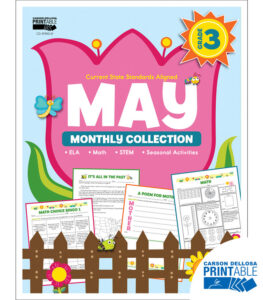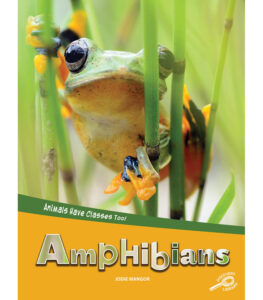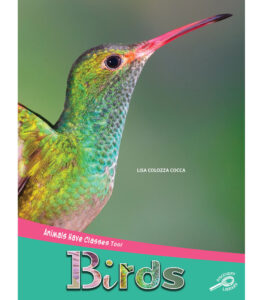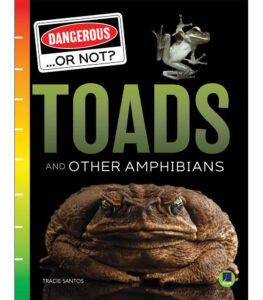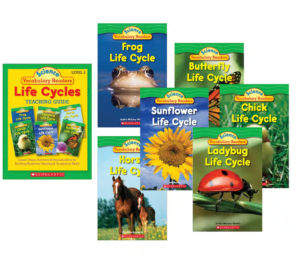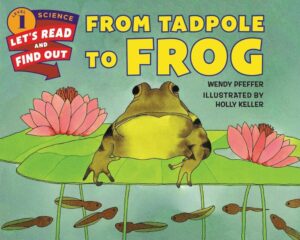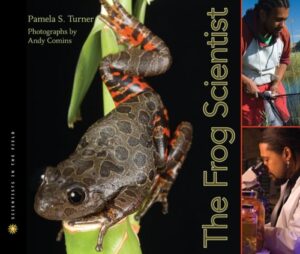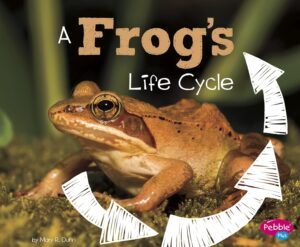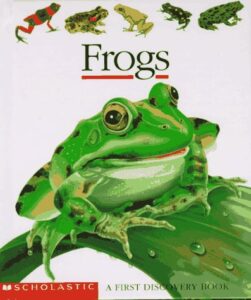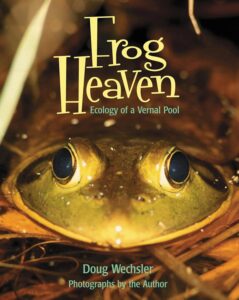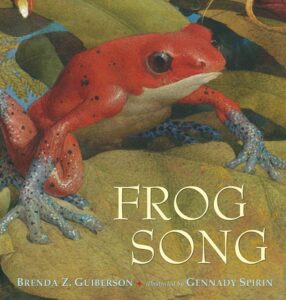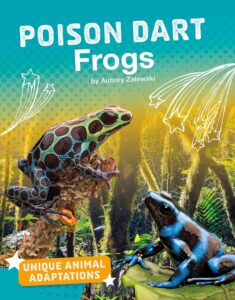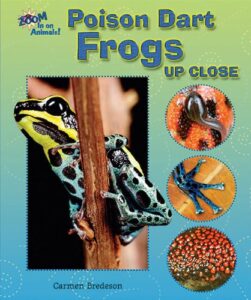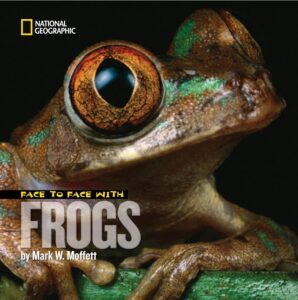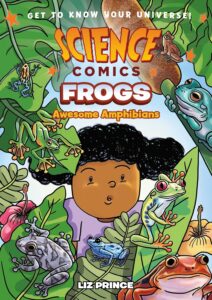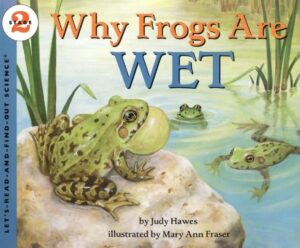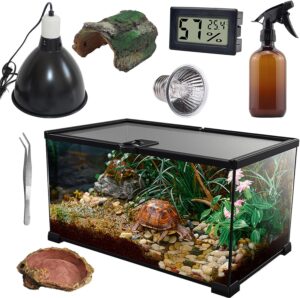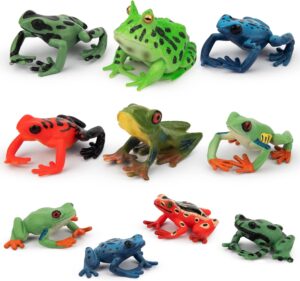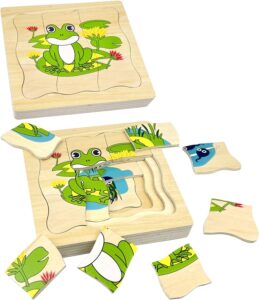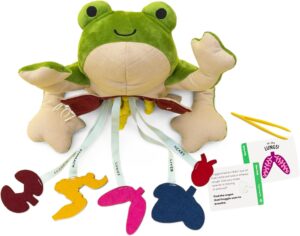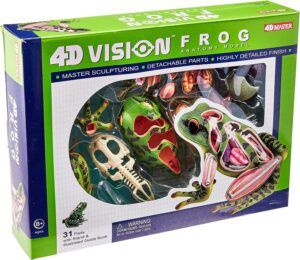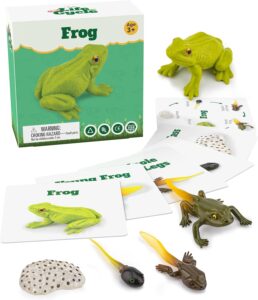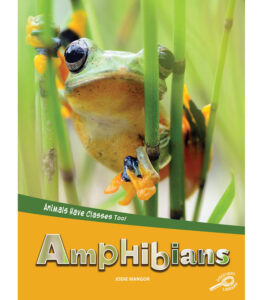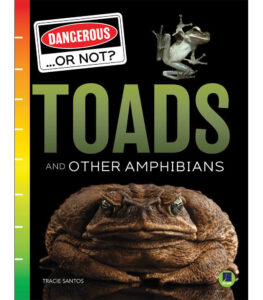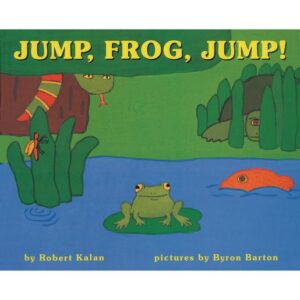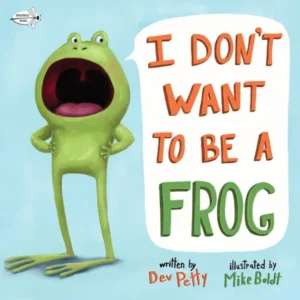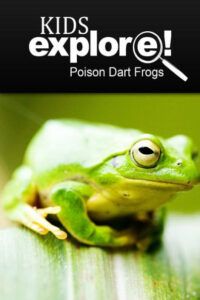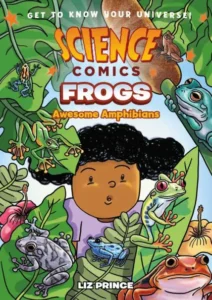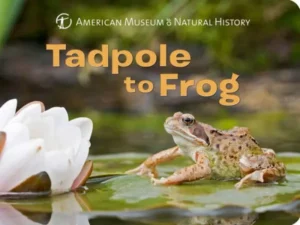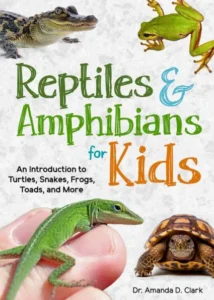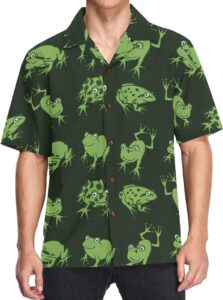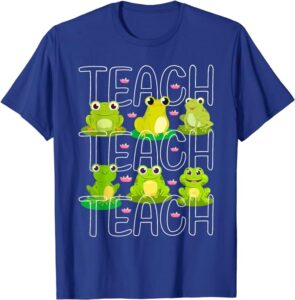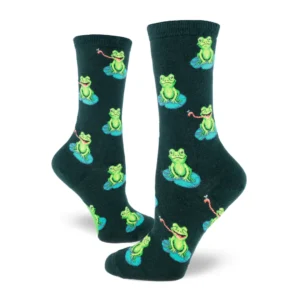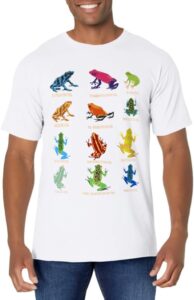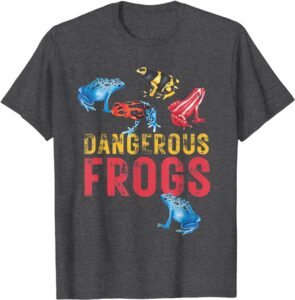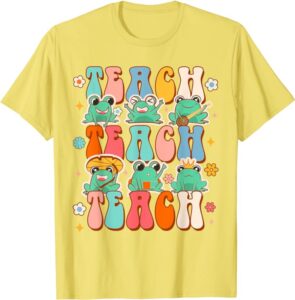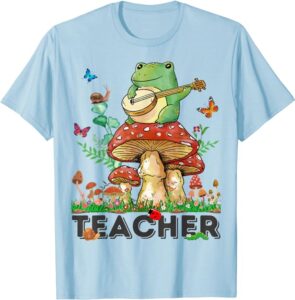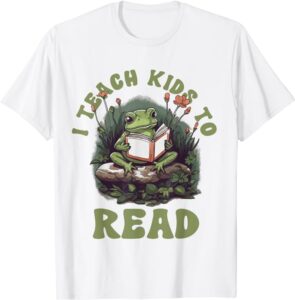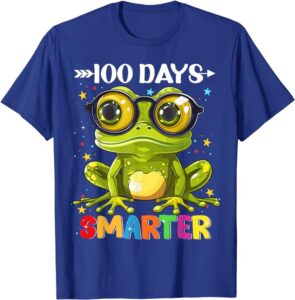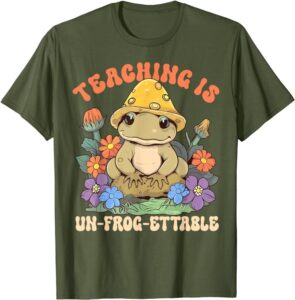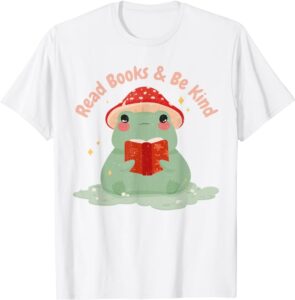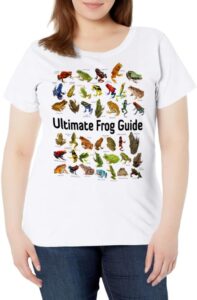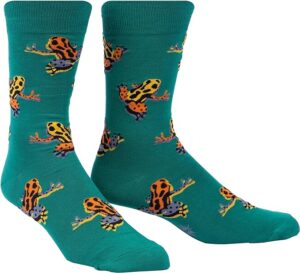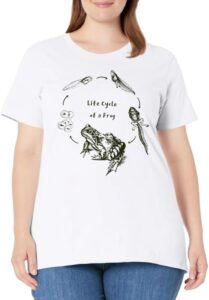Right now, we are full-on in a phase where frogs are front and center! These frog activities for kids teach kids about land for wildlife and frog habitats as well as other fun frog themes for kids! In this frog habitat project, kids can learn what a frog and toad habitat looks like as well as the different types of frog habitats! Designed for elementary classroom, this hands-on project introduces budding scientists to the fascinating world of frogs and habitats.

Show your students the importance of wetland ecosystems and the role frogs play within them when you create a frog habitat garden in the classroom.
How to Make a Place for a Frog: Frog Habitat Project for Kids
When doing this frog habitat project, students don’t just learn – they become conservationists in action! Armed with recycled materials and eco-friendly supplies, students can design and build habitats that mimic natural frog environments. From constructing miniature ponds to adding cozy shelters, every step will teach children about frog habitats in a hands on way.
Table of Contents
Keep reading to learn how to complete this frog habitat project and frog habitat lesson plan in the elementary classroom.
Frog Habitat STEM Topics
This frog habitat project isn’t just about building homes for our amphibian pals—it’s also an exciting journey into the world of STEM (Science, Technology, Engineering, and Mathematics)! Let’s dive into the fun and fascinating concepts that make this project hop with excitement.
First up, we have Science! Students get to explore the unique needs of frogs and their habitats. They learn about wetland ecosystems, biodiversity, and the delicate balance of nature. From the life cycle of frogs to the importance of clean water, there’s so much to discover!
Students use technology to research frog habitats, gather data, and explore innovative solutions. They might use digital tools to design their habitats or create presentations to share their findings with classmates. Technology helps them connect with the broader scientific community and access resources beyond the classroom.
Spring STEM Lesson Plans
If you want ready-to-go, low-prep spring lesson plans, you’ll love these resources. Spring science can have an emphasis on regeneration, growth, new life, birth, seasons, and weather.
- March STEAM Lesson Plan Bundle
- April STEAM Lesson Plan Bundle
- May STEAM Lesson Plan Bundle
- Spring Science Experiment Lesson Plan Bundle
- Spring STEM Challenge Cards
- Weather STEAM Lesson Plan Bundle
- Rainbow Science Lesson Plan Bundle
With engineering, students become little architects as they design and build their frog habitats. They use critical thinking and problem-solving skills to overcome challenges, like how to create a pond that’s just the right size or a shelter that provides enough protection from predators.
Elementary students can even learn about math when recreating a frog habitat. Students use can measurements and calculations to ensure their habitats are the perfect fit for their froggy friends. They might calculate the volume of a pond or the surface area of a shelter.
Here are some frog science books that you may want to read in your class before having them complete their frog habitat project.
Frog Science Books for the Classroom
Here are some books to learn more about frogs with your class!
Frogs: Scholastic Discovery Book
Frog Heaven: Ecology of a Vernal Pool Book
Poison Dart Frogs Up Close Book
Face to Face with Frogs National Geographic Book
Essential Supplies for Frog Habitats
Take a look at our list of stuff you’ll need to get ready to make a frog habitat with your class.
- Diorama kit (for a frog habitat model) or frog terrarium (for a live frog habitat)
- Pebbles
- Plastic Frogs or live frog eggs or tadpoles
- Fake Moss or real moss
- Paint
- Fake Miniature Plants or real plants

Frog Teaching Resources
Here are some teaching resources you can use alongside any study of frogs!
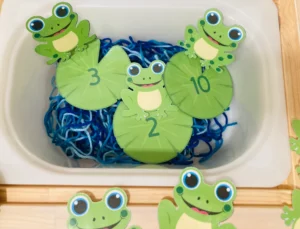
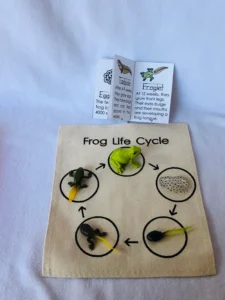
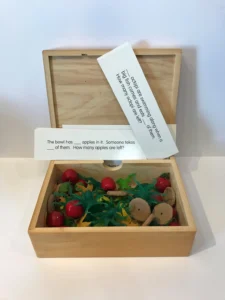
Frog Math Story Word Problems Box
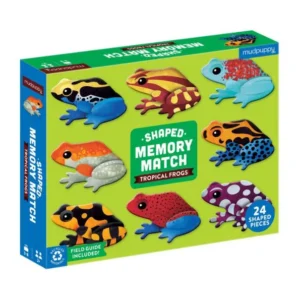
Tropical Frogs Memory Sort Game
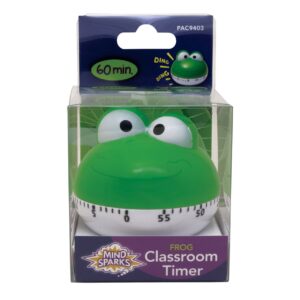
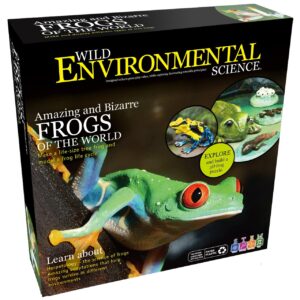
Amazing Frogs of the World Science Kit
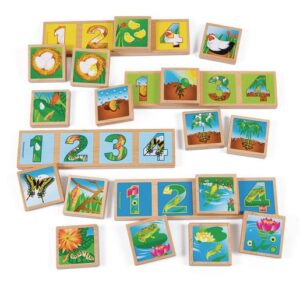
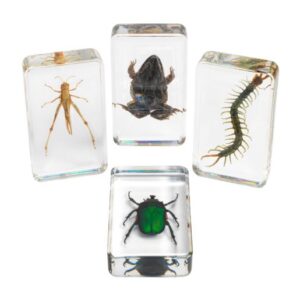
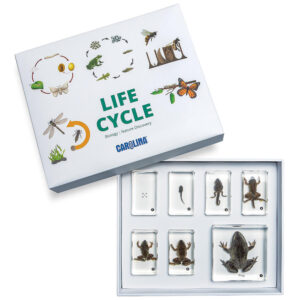
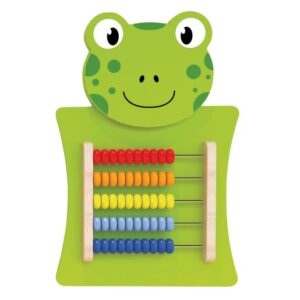
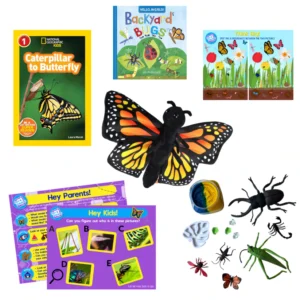
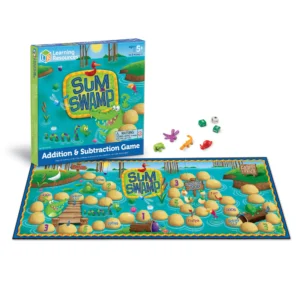
Science Facts about Frogs
Did you know that frogs are excellent indicators of environmental health? Yep, these slimy superheroes are like little environmental detectives! By studying frog populations and their habitats, scientists can get valuable insights into the health of ecosystems, including water quality and biodiversity.
And speaking of biodiversity, frogs come in all shapes, sizes, and colors! From the tiny Gardiner’s frog, which is smaller than your thumb, to the giant Goliath frog, which can grow as big as a newborn baby, there’s incredible diversity within the frog kingdom.
But frogs aren’t just known for their size—they’re also famous for their amazing abilities! Did you know that some frogs can jump up to 20 times their body length? That’s like a human jumping the length of a football field!
And if that’s not impressive enough, some frogs can also change color to blend in with their surroundings, helping them hide from predators.
Another fascinating fact: frogs have a diverse diet! From insects to small mammals and even other frogs, these little hoppers are true carnivores. As students embark on their habitat-building journey, they’ll discover just how important it is to create environments that support the diverse dietary needs of these croaking critters.
Frogs don’t just come in green—oh no, they’re the fashionistas of the animal kingdom! From vibrant reds to dazzling blues, frogs sport a rainbow of colors to suit their habitats. It’s like a perpetual fashion show in the frog world!
And here’s a fun fact that might surprise you: frogs don’t drink water like we do. Instead, they absorb it through their skin! Yep, you heard that right—frogs can hydrate themselves simply by soaking in water through their skin.

Frog Books for Kids
Here are some frog science books and books featuring frogs that you can use in your classroom to go along with any frog STEM activity!
Toads and Other Amphibians Book
I Don’t Want to Be a Frog Book
Kids Explore Poison Dart Frogs
Reptiles and Amphibians for Kids Book
STEM Extension Ideas for Frog Habitats
There are many things you can do with your frog habitat after creating in in your classroom. Here are some science, technology, engineering, and math extensions that you can do with your frog habitats after they are created!
Once students have built their habitats, they can be used for research. Students can observe frog behavior, record environmental data like temperature and humidity, and even conduct experiments to learn more about frog biology.
Students can expand their understanding of ecosystems by studying the interconnectedness of organisms within their habitats. They can investigate how changes in one aspect of the habitat—such as water quality or vegetation—affect the entire ecosystem. By conducting experiments and collecting data, they’ll gain valuable insights into ecological principles and the delicate balance of nature.
Students can use a variety of technologies while studying frog habitats. Try setting up cameras to capture nocturnal frog activity, using apps to identify different frog species based on their calls, or even create digital presentations to share frog facts with the class.
Challenge students to redesign their habitats using engineering principles. Can they create a more efficient filtration system for the pond? Or build a shelter that provides better protection from predators?
Frogs might not be big fans of math, but that doesn’t mean it can’t be fun! Students can use math to analyze their habitat data, calculate the population density of frogs in their ponds, or even design mathematical models to predict frog behavior.
Frog habitats are a springboard for interdisciplinary learning. Students can explore topics like ecology, conservation, and even art and literature inspired by frogs.
Frog Shirts for Teachers
When learning about frogs, wear these awesome frog shirts for teachers!
Teach Kids to Read Frog Teacher Shirt
100 Days of School 100 Days Smarter Frog Teacher Shirt
Teaching is Un-frog-gettable Teacher Shirt
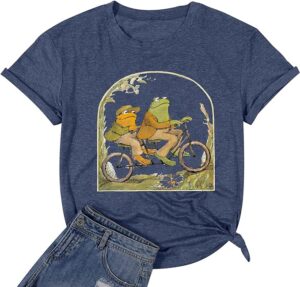
More Frog Activities for Kids
Here are some other frog-themed learning ideas to use in the classroom!
- 10 Jump Frog Jump Activities
- Frog Theme Activities for Preschool with a STEM Twist
- 3D Poison Dart Frog Craft and Lesson Plan
- Frog Habitat STEM Activities
Spring STEM Supplies for the Classroom
Here are some fun spring-themed activities and kits to add to your spring STEM activities.
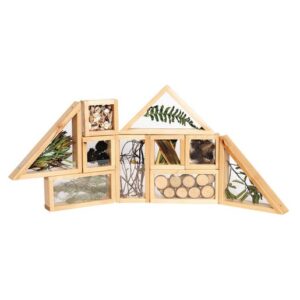
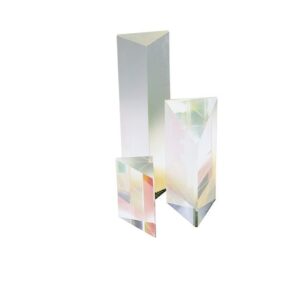
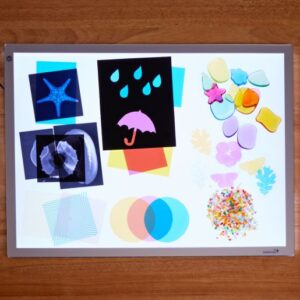
Light Exploration Classroom Kit
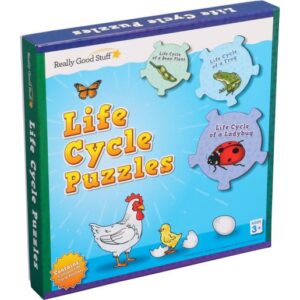
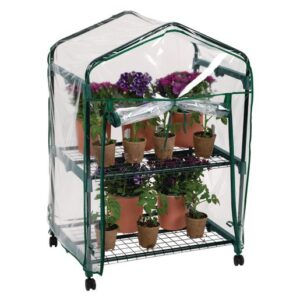
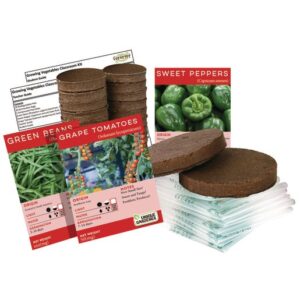
Classroom Vegetable Growing Kit

Botany Lab Experimental Greenhouse
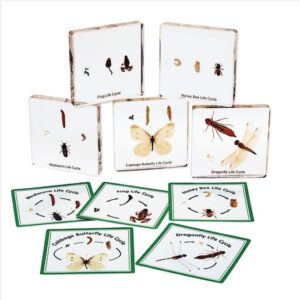
Real Insect Life Cycle Specimens
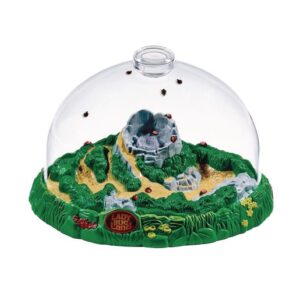
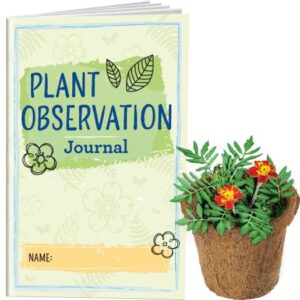
Classroom Plant Observation Kit
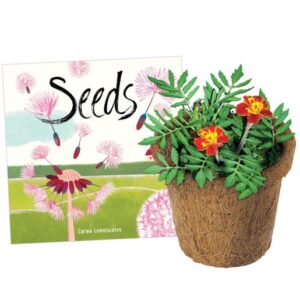
Seeds Book and Classroom Flower Growing Kit
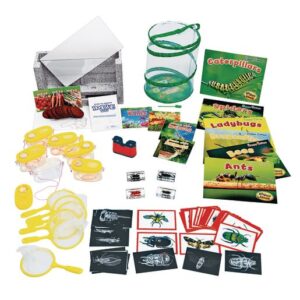
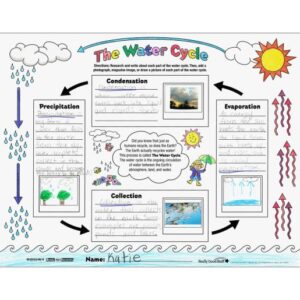
Water Cycle Posters Classroom Kit
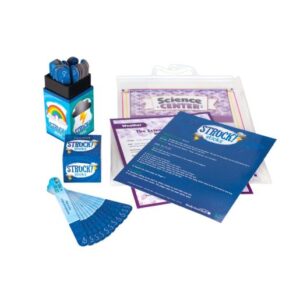
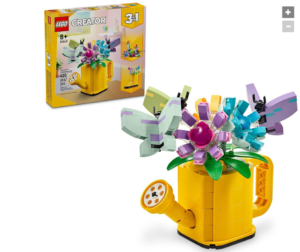
Get the Frog Habitat Project Lesson Plan!
Here are the step by step directions for creating a frog habitat with your class!
Print out the lesson to use with your classroom, or pull it up online to use as a digital resource.

Frog Habitat Project Lesson Plan
Here is what you need to make your very own frog habitat in your classroom. You can make a real frog habitat for observation over the entire school year, or you can make a frog habitat project model to demonstrate what a frog habitat looks like in the wild.
Use this lesson plan to teach frog habitats to your students!
Materials
- Recycled Cardboard Box/Shoebox
- Pebbles
- Assorted Insects
- Frogs
- Fake Moss
- Cotton Balls
- Paint
- Fake Miniature Plants
Instructions
How to Make a Real Frog Habitat Project
Here is how to set up your real-life frog habitat.
Choose a suitable-sized terrarium based on the number of tadpoles you plan to raise. A 10-gallon aquarium or larger is typically sufficient.
Fill the bottom of the terrarium with dechlorinated water. Use a water conditioner to remove chlorine and other harmful chemicals. Ensure the water depth is appropriate for the tadpoles, usually around 6-8 inches. It should be deep enough for swimming but not too deep for them to reach the surface for air.
Maintain the appropriate temperature for tadpoles, which typically ranges from 70°F to 80°F (21°C to 27°C). Use a submersible aquarium heater to regulate the water temperature. Additionally, provide a full-spectrum light source to simulate natural daylight for about 12-14 hours a day.
Install a small aquarium filter to keep the water clean and aerated. Tadpoles are sensitive to water quality, so regular water testing and partial water changes (about 25% every week) are necessary to maintain optimal conditions.
Use smooth gravel or sand as substrate at the bottom of the terrarium. Avoid using small gravel that tadpoles could ingest. Add aquatic plants like java moss, anacharis, or hornwort to provide oxygen and hiding places for the tadpoles. You can also include driftwood or rocks for additional hiding spots.
Tadpoles are primarily herbivorous, feeding on algae and plant matter. You can supplement their diet with commercial tadpole food or blanched vegetables like spinach or lettuce. Feed them small amounts twice a day and remove any uneaten food promptly to prevent water contamination.
As the tadpoles grow and develop, they will eventually begin to metamorphose into frogs. Provide a shallow area in the terrarium with a sloping ramp or rocks to allow them to exit the water easily as they develop lungs and limbs. Ensure there's a damp area within the terrarium where the emerging froglets can rest and maintain moisture.
Once the tadpoles have completed metamorphosis and become frogs, you'll need to adjust the terrarium setup accordingly. Provide a mixture of land and water areas, as frogs require both environments. Offer a varied diet of live insects such as crickets, fruit flies, and worms.
Regularly monitor the tadpoles/frogs for signs of illness or distress. Keep the terrarium clean, perform routine maintenance tasks such as water changes and filter cleaning, and adjust conditions as necessary to ensure the health and well-being of your tadpoles/frogs.
How to Make a Frog Habitat Model
Here is how to make a frog habitat model.
Decide on the design and size of your fake frog habitat based on available materials and space constraints.
You can opt for a diorama-style habitat using a shoebox or create a larger-scale model using cardboard, foam board, or other craft materials. 
Collect materials needed for building the fake habitat, such as cardboard, construction paper, modeling clay, rocks, sticks, and artificial plants.
Use the selected materials to construct the base of the habitat. For a diorama-style habitat, line the inside of the shoebox with construction paper or paint it to resemble a natural landscape.
For larger-scale models, cut and assemble cardboard or foam board to create the desired layout of the habitat. 
Enhance the habitat with features such as rocks, sticks, and artificial plants to create a naturalistic environment. Use modeling clay to sculpt small ponds, streams, or other water features within the habitat. 
Once the habitat is complete, introduce pretend frogs into the habitat. You can use toy frogs, figurines, or even drawings to represent the frogs within the habitat. 
Resources to Make Teaching STEM Easy and Fun!
By integrating hands-on activities and real-world applications, students are immersed in interactive experiences that spark curiosity and foster a deeper understanding of STEM concepts. For teachers, these resources provide comprehensive lesson plans, materials, and extensions, streamlining lesson preparation and offering innovative ways to engage students in STEM learning.
Spring Books for the Classroom
Here are some spring books that you can use in your classroom this spring to teach kids about spring science and other spring topics!
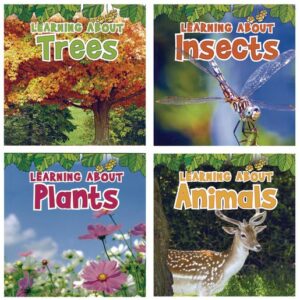
Spring Science Book Set
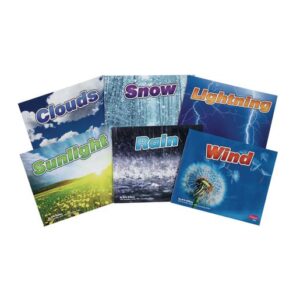
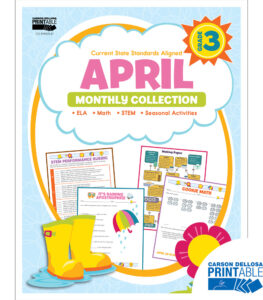
April Classroom Printables Set
